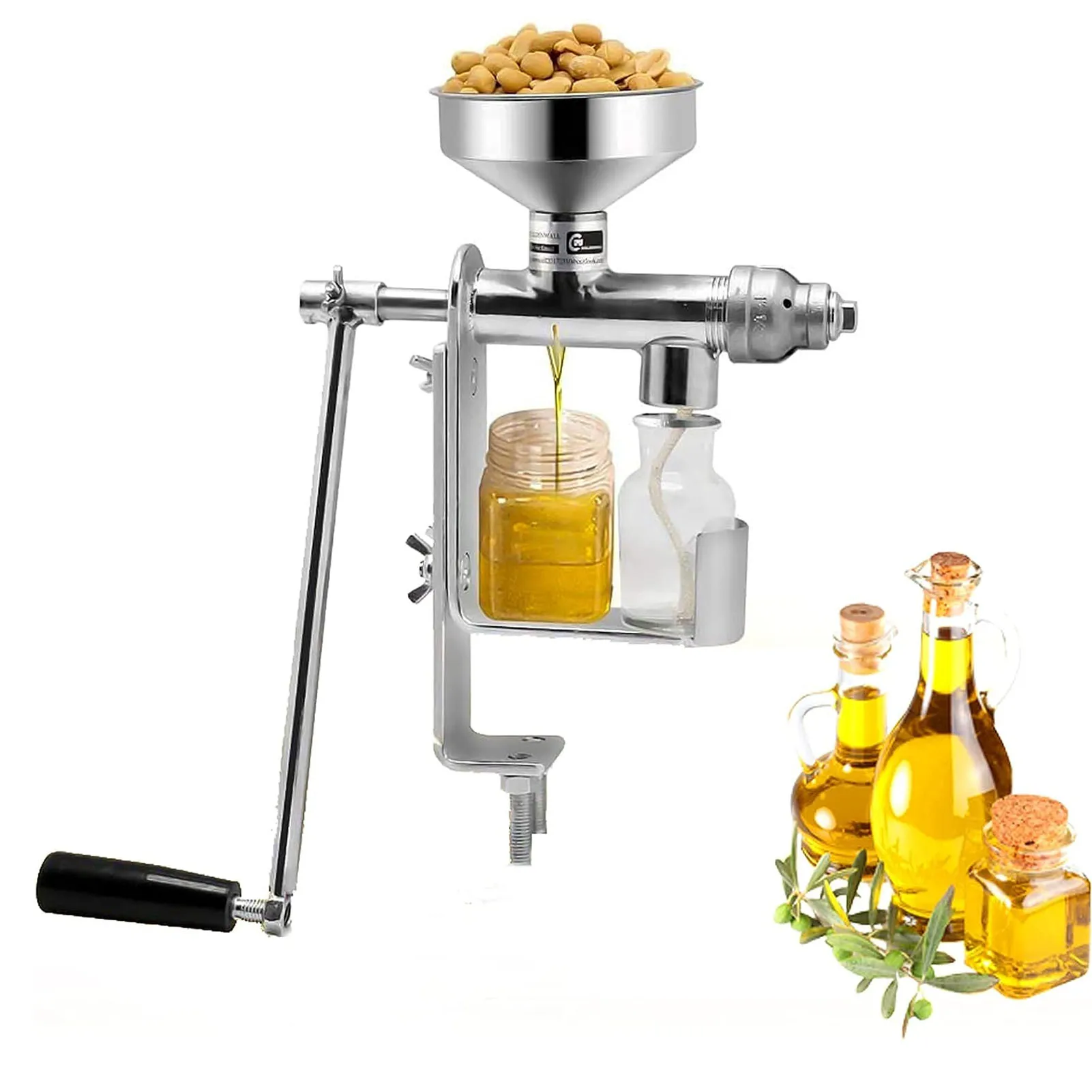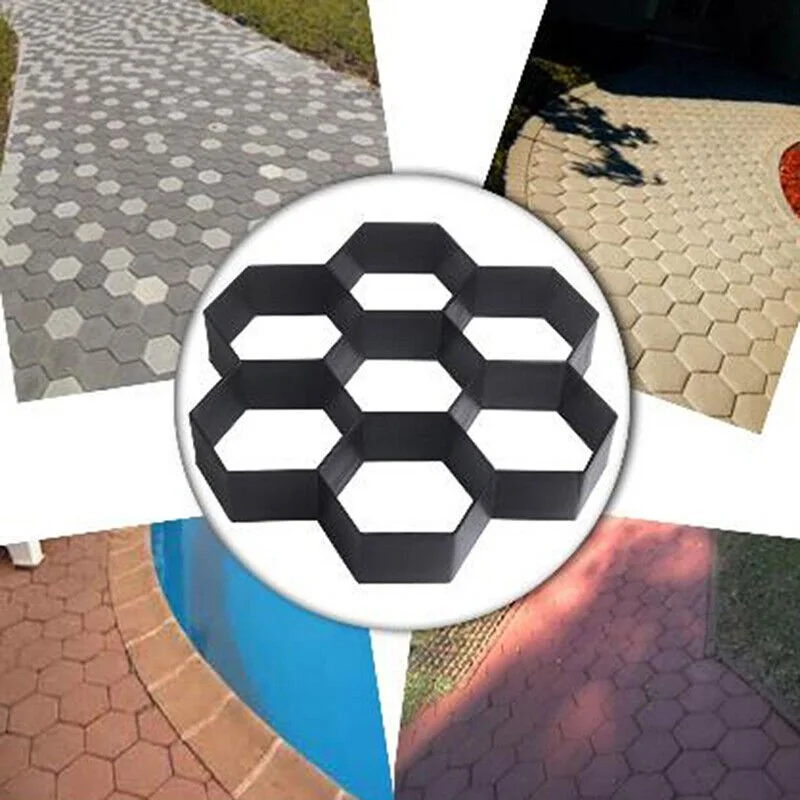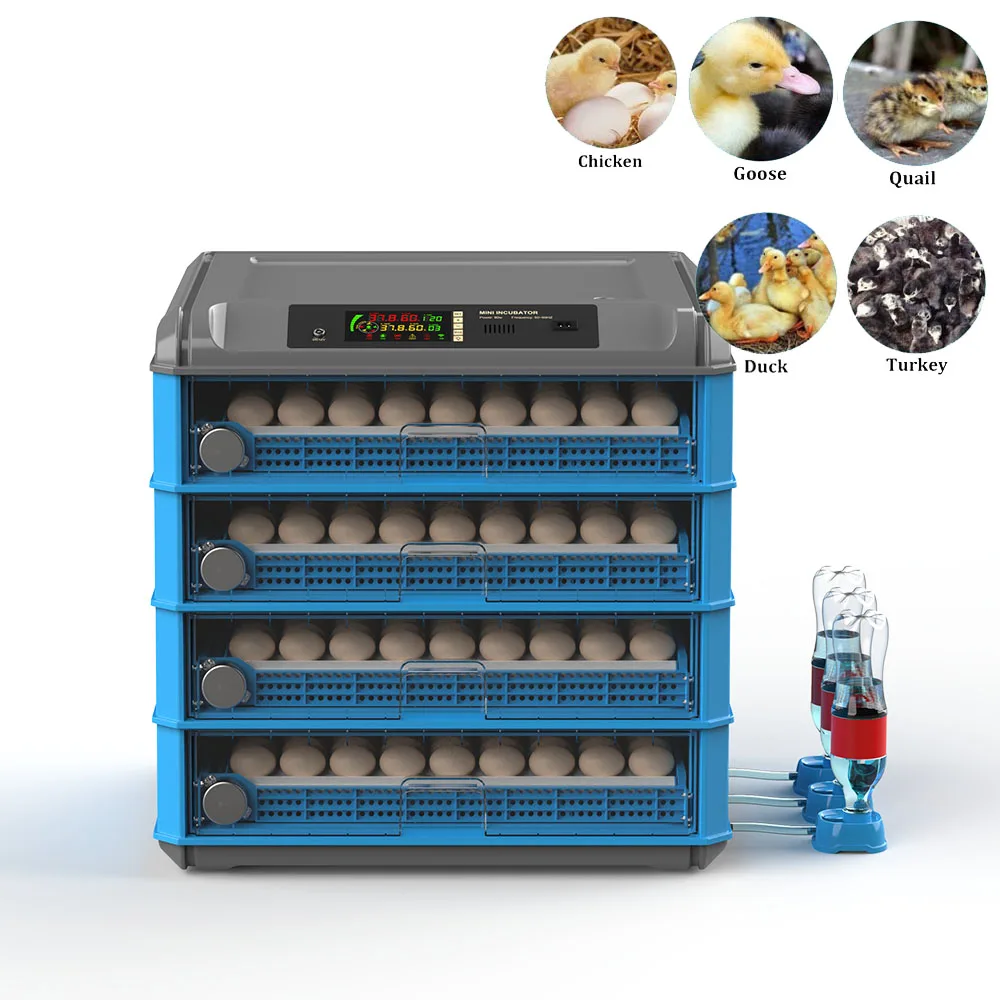
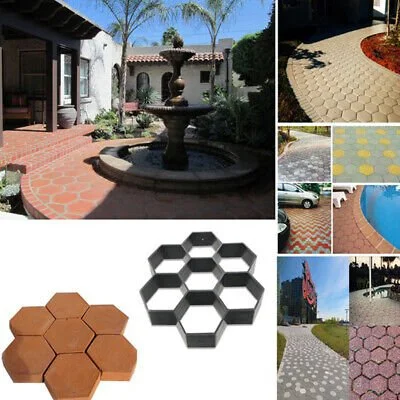

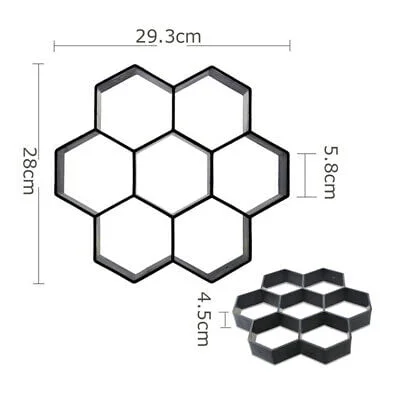
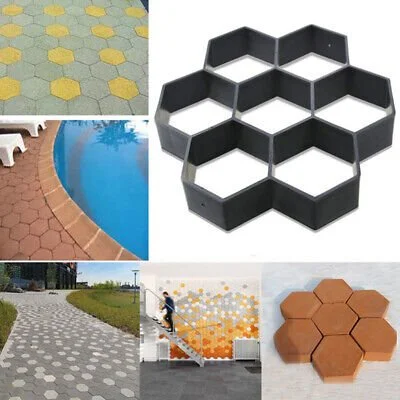


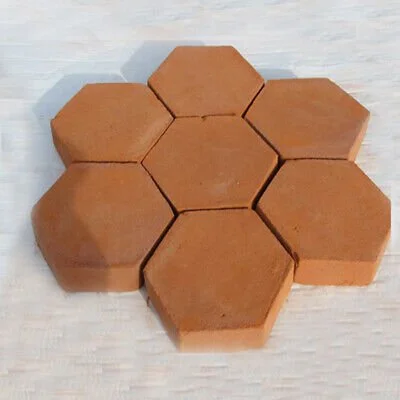
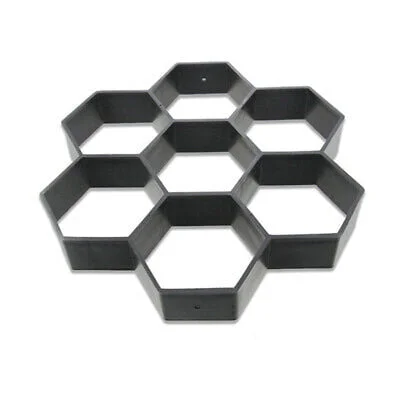


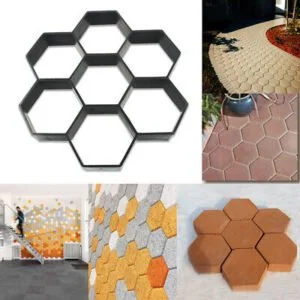
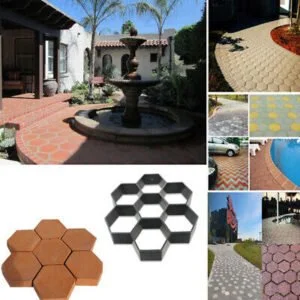

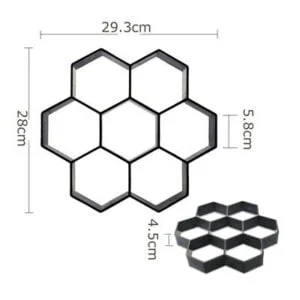


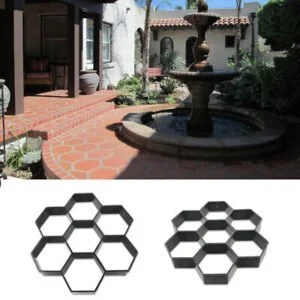

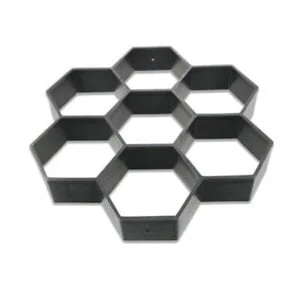


Creating Garden Paths with Paving DIY Moulds
20$ Original price was: 20$.14$Current price is: 14$.
Related Products
Sheep Feed Grass Cutting Chopping Machine
Manual Oil Press Machine for Nuts Seed
Garden Molds Paving Brick Path Maker Mold Paving
Commercial Rice Milling Machine Diesel Engine
- Description
- Additional information
Description
Understanding Garden Paving Moulds
Garden paving moulds, also known as path maker moulds, are specialized tools designed for creating customized garden paths and walkways. These moulds are typically made from durable plastic or rubber and come in various shapes, sizes, and patterns to suit different aesthetic preferences.
The primary purpose of garden paving moulds is to provide a cost-effective and versatile solution for DIY enthusiasts who wish to enhance their outdoor spaces without the need for professional assistance.
Shapes & Design
One of the most significant benefits of using paving moulds for your garden projects is the level of customization they offer. Unlike pre-made pavers, which come in standard shapes and sizes, paving moulds allow you to create unique designs tailored to your specific needs.
This flexibility means you can experiment with different layouts, patterns, and colors to achieve a personalized look that complements your garden’s overall design.
Unique Design
There are several types of paving moulds available on the market, each offering different shapes and sizes. Some popular shapes include hexagonal, square, and irregular stone patterns, which can be combined to create intricate designs. Additionally, these moulds are available in various materials, such as plastic and rubber, each with its own set of advantages.
Plastic moulds are lightweight and easy to handle, while rubber moulds offer greater durability and flexibility, making them ideal for more complex designs.
Cost Effective
Using paving moulds is also a cost-effective option compared to purchasing pre-made pavers. The initial investment in the moulds is relatively low, and you can reuse them multiple times, significantly reducing the overall cost of your project.
Moreover, by making your own pavers, you can use locally-sourced or recycled materials, contributing to environmental sustainability and reducing your carbon footprint.
Examples of common designs achievable with paving moulds include cobblestone pathways, brick-like patterns, and natural stone effects. These designs not only enhance the visual appeal of your garden but also provide a sense of accomplishment and satisfaction from creating something unique with your own hands.
Step-by-Step Guide to Using Garden Paving Moulds
Creating a garden path with paving moulds is a rewarding DIY project that enhances both the functionality and aesthetic appeal of your outdoor space. Here’s a comprehensive guide to help you through the process.
Materials and Tools Needed
Before you begin, gather the following materials and tools:
- Paving mould
- Concrete mix
- Trowel
- Bucket
- Water
- Optional: coloring agents, decorative elements
Preparing the Ground
Start by selecting the area where you want to create your garden path. Clear any debris, such as rocks, roots, and weeds. Level the soil to ensure a flat surface. Next, lay a base layer of sand or gravel to improve drainage and provide stability. Use a tamper to compact the base layer for a solid foundation.
Mixing the Concrete
Follow the instructions on the concrete mix package, typically requiring a specific water-to-cement ratio. Add water gradually to the concrete mix in a bucket, stirring continuously until you achieve a thick, workable consistency. If desired, mix in any coloring agents or additives at this stage.
Filling the Moulds
Place the paving mould on the prepared ground. Use the trowel to fill the mould with the mixed concrete, ensuring even distribution. Tap the sides of the mould gently to remove any air bubbles. Smooth the surface with the trowel to achieve a level finish.
Adding Custom Touches
For a personalized touch, consider adding imprints or decorative elements to the wet concrete. You can use stamps, leaves, or other objects to create unique patterns. If you’ve added color, ensure it’s evenly distributed for a consistent look.
Curing the Concrete
Allow the concrete to cure for the time recommended on the mix package, usually 24-48 hours. Keep the area moist by misting it with water periodically to prevent cracks. Once the concrete has cured, carefully remove the mould.
Maintaining Your Garden Path
To maintain the longevity of your garden path, sweep it regularly to remove debris and prevent weed growth. Consider applying a sealant to protect the concrete from weathering and stains. If any damage occurs, repair it promptly to avoid further deterioration.
Safety Tips and Troubleshooting
Wear protective gear such as gloves and safety glasses while working with concrete. If you encounter issues like uneven surfaces or air bubbles, use a trowel to smooth the concrete or tap the mould to release air. For persistent problems, consult the concrete mix instructions or seek advice from a professional.
Specification:
Item Type: Garden Walk Maker Mould
Material: Plastic
Color: As Picture
Size: About 30*30cm/11.8*11.8in
Shape: Hexagon
Package included:
1Pc * Garden Walk Maker Mould
Our other same products Click
Our other hotselling products on youtube
Additional information
| Brand | unbranded |
|---|---|
| material | |
| mpn |






